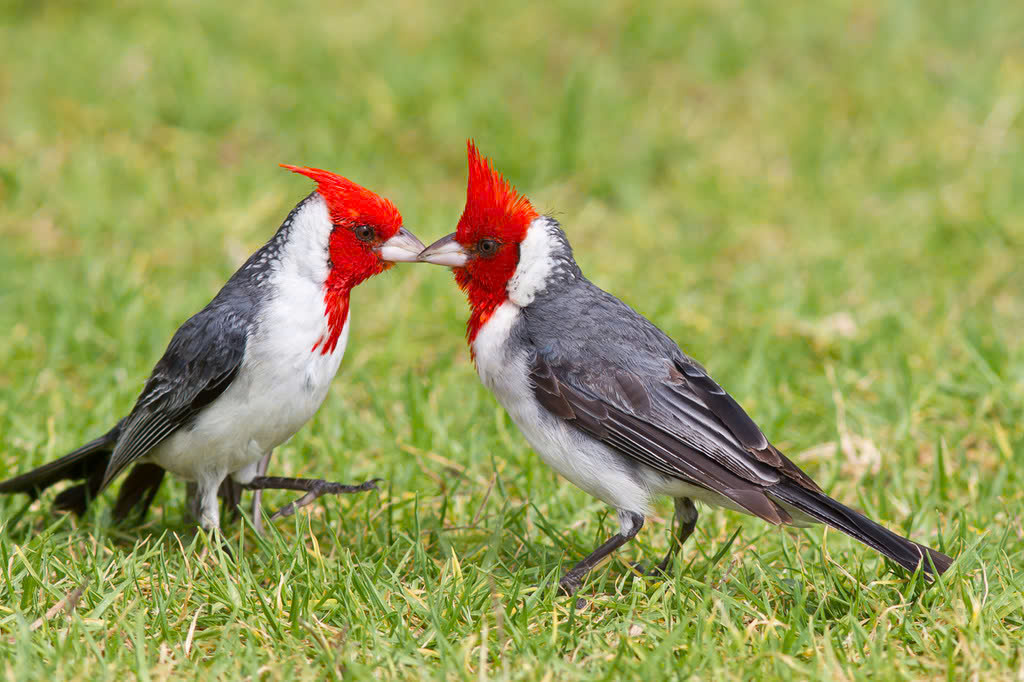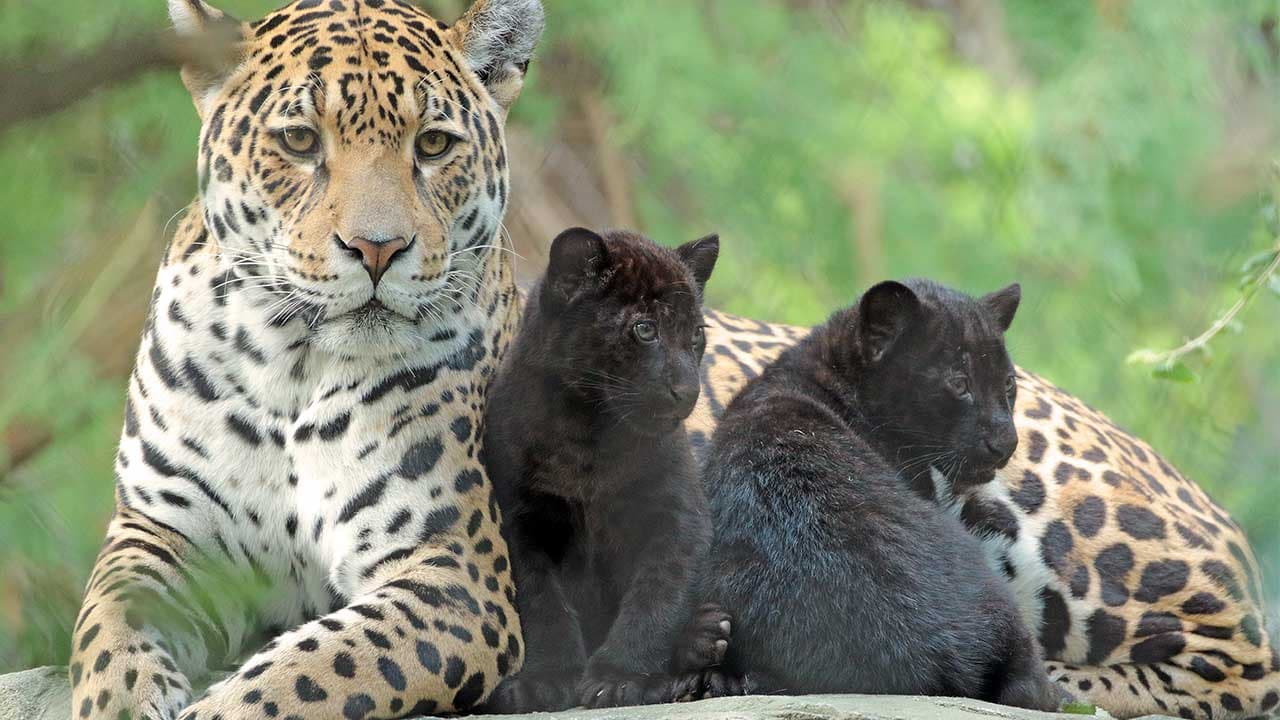The Red-crested Cardinal (Paroaria coronata), also known as the Brazilian Red-crested Cardinal or the Red-crowned Cardinal, is a striking bird species native to South America. With its vibrant plumage and distinctive red crest, the beauty of this bird has captivated bird enthusiasts and nature lovers alike. In this article, we will explore the fascinating characteristics, habitat, behavior, and conservation status of the Red-crested Cardinal.

The Red-crested Cardinal is a medium-sized bird, measuring about 17 cm in length. The males of this species feature a brilliant red crest atop their heads, which contrasts with their predominantly black plumage. In contrast, the females have a more subtle reddish-brown crest and a mix of gray, black, and white feathers. Both genders possess a black mask around their eyes, enhancing their unique appearance.

This bird is primarily found in the tropical regions of South America, including Brazil, Argentina, Paraguay, and Uruguay. Within these countries, it inhabits a variety of environments, ranging from open grasslands and savannas to forest edges and urban parks. Their adaptability allows them to thrive in both natural landscapes and areas altered by human activity.
Red-crested Cardinals are social birds, often seen in pairs or small flocks. They are known for their melodious songs, which consist of various whistles and trills. During courtship, male Red-crested Cardinals typically sing while puffing out their feathers and raising their crest to attract a mate.

In terms of diet, the Red-crested Cardinal is an omnivore. Their primary food sources include seeds, fruits, insects, and sometimes small vertebrates. Their strong beak is well-suited for cracking seeds and extracting insects from tree bark, enabling them to take advantage of a wide variety of food sources.
Although the Red-crested Cardinal is not currently listed as a globally threatened species, local declines have been observed in certain areas due to habitat loss and fragmentation caused by urbanization and agricultural expansion. However, their ability to adapt to various habitats has helped maintain stable populations in many regions.

The Red-crested Cardinal is certainly a remarkable bird, with its striking appearance and charming behavior. Its vibrant plumage and sweet song make it a favorite among birdwatchers and photographers. However, it is important to raise awareness about the potential threats it faces and to support conservation efforts to protect its habitat. By appreciating and safeguarding the Red-crested Cardinal, we contribute to preserving the rich biodiversity of South America and ensuring the continued existence of this beautiful bird for future generations.















